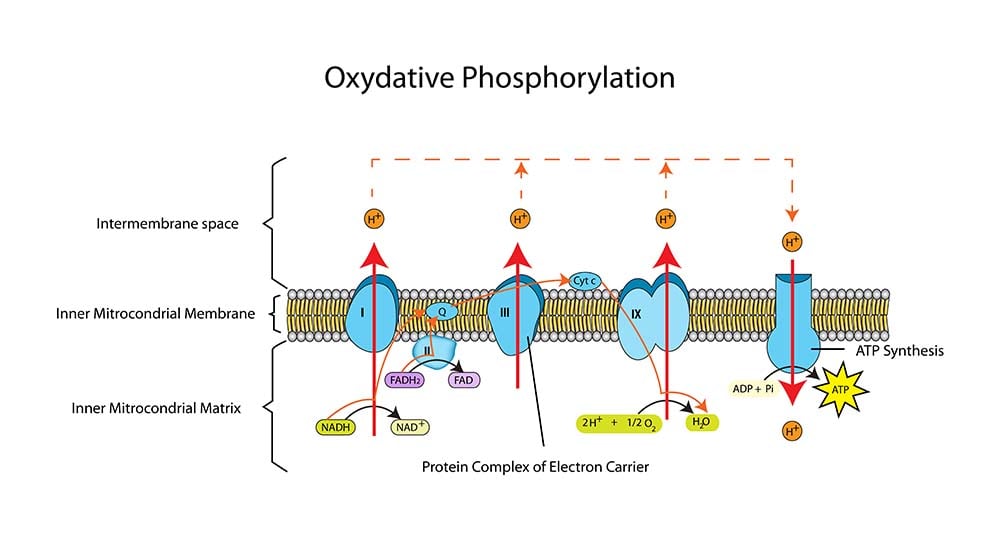Post Translational Modification
Beyond what genes can express
While most recent estimates of the human genome’s size fall between 20,000 and 25,000 genes, that number is dwarfed by the human proteome our genome encodes, which comprises more than 1 million proteins.
Single genes are responsible for the synthesis of multiple proteins, and one way this is accomplished is through the process of post-translational modification (PTM).
Protein PTMs have been shown to play a key role in cellular processes such as differentiation, and regulation of gene expression.
PTMs expand the range of gene products possible via the chemical addition or subtraction of functional groups to proteins already synthesized from an mRNA template without instructions for such alterations. These modifications play critical roles in the regulation of a protein’s activity and type of interaction with other molecules such as lipids, nucleic acids, enzymatic cofactors and other proteins.
Types of post-translational modification
Some of the most common and important PTMs so far identified include:
- Phosphorylation — The addition of a phosphate group to tyrosine, serine or threonine amino acid residues; accomplished by kinase enzymes; one of the most important and well-studied PTMs that occur within all organisms
- Methylation — The addition of a methyl group, via methyltransferase enzyme, to an arginine or lysine residue; methylation of histone (a DNA packaging protein) can either activate or repress genes depending on the amino acid modified
- Acetylation — The addition of an acetyl group to a protein; gene regulation is largely mediated by histone acetylation and deacetylation; acetylation of the p53 gene is essential to its tumor-suppressing activity
- Glycosylation — The addition of a glycan oligosaccharide to asparagine, serine or threonine residues; involved in antigen recognition and inflammatory response
- Ubiquitination — The addition of ubiquitin protein to a lysine residue, either singly (monoubiquitination) or in a chain (polyubiquitination); proteins modified in the latter fashion are tagged for degradation
- Lipidation — The addition of a lipid group to a cysteine or glycine residue; involved in biological regulation, membrane association and apoptosis (programmed cell death)
- Proteolysis — The splitting of proteins into constituent polypeptides or amino acids; removing an N-terminal methionine residue, for example, can activate an inactive protein

Phosphorylation: adding a phosphate to 1 of a protein’s amino acid side chains. Phosphate groups carry 2 negative charges, and their addition to a protein results in a conformational change of the protein’s structure.
References
Deepthi, Surat P., Ph. D. Reviewed. "Types of Protein Post-Translational Modification." News-Medical.Net, News-Medical, 10 May 2018, https://www.news-medical.net/life-sciences/Types-of-Protein-Post-Translational-Modification.aspx."New Human Gene Tally Reignites Debate." Nature, Macmillan Publishers Limited, part of Springer Nature, 19AD, https://www.nature.com/articles/d41586-018-05462-w.
"Overview of Post-Translational Modification | Thermo Fisher Scientific - US." Thermo Fisher Scientific - US, https://www.thermofisher.com/us/en/home/life-science/protein-biology/protein-biology-learning-center/protein-biology-resource-library/pierce-protein-methods/overview-post-translational-modification.html.
"Overview of Posttranslational Modification (PTM) | Leaders in Pharmaceutical Business Intelligence (LPBI) Group." Leaders in Pharmaceutical Business Intelligence (LPBI) Group, 29 July 2014, https://pharmaceuticalintelligence.com/2014/07/29/overview-of-posttranslational-modification-ptm/.
"Posttranslational Modification - an Overview | ScienceDirect Topics." ScienceDirect.Com | Science, Health and Medical Journals, Full Text Articles and Books., https://www.sciencedirect.com/topics/neuroscience/posttranslational-modification.
"Post-Translational Modifications and Quality Control in the Rough ER - Molecular Cell Biology - NCBI Bookshelf." National Center for Biotechnology Information, https://www.ncbi.nlm.nih.gov/books/NBK21741/.
"Protein Phosphorylation vs. Ubiquitination in Drug Development." GenScript - Make Research Easy - The Leader in Molecular Cloning and Gene Synthesis, Peptide Synthesis, Protein and Antibody Engineering., https://www.genscript.com/protein-phosphorylation-vs-ubiquitination.html.

